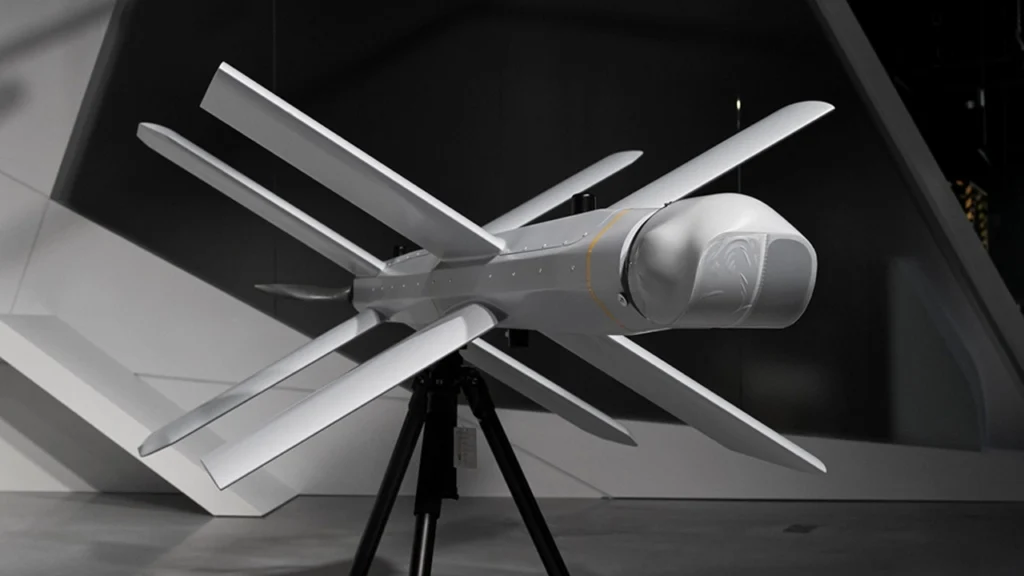A new phase in Russia’s drone warfare emerged on October 13, when footage released by Russian media showed the destruction of a Ukrainian Vampire short-range air defense system by the Lancet-51, the latest version of Russia’s Lancet loitering munitions. The strike, captured by a reconnaissance drone, marked the first confirmed combat use of the Lancet-51 and showcased Moscow’s evolving drone coordination tactics.
The attack occurred along Ukraine’s southern front, where the Vampire system, equipped with American-made APKWS laser-guided rockets, was struck and destroyed in a precision dive attack. The Vampire, mounted on a lightweight truck, was one of Ukraine’s key systems adapted to counter Russia’s drone threat. Its loss represents not only a tactical setback but also a symbolic blow to Kyiv’s efforts to modernize its air defenses with Western support.
The APKWS (Advanced Precision Kill Weapon System) converts standard 70mm rockets into precision-guided weapons, offering affordable, flexible defense against drones and light targets. However, its limited armor and short range make it vulnerable to loitering munitions weaknesses the Lancet-51 exploited.
Developed by Zala Aero Group, the Lancet-51 features a larger warhead, extended range beyond 70 km, and enhanced optical and navigation systems. Unlike satellite-guided drones, it relies on onboard video tracking, making it cheaper and harder to jam. Working in tandem with Zala Z-16 reconnaissance drones, it reflects Russia’s shift toward integrated, data-driven drone operations.
The Vampire’s destruction follows earlier strikes: a French Caesar self-propelled gun on October 11 and a Ukrainian Bogdan artillery unit on October 4 both hit by earlier Lancet variants. Together, these incidents illustrate how the Lancet family has become Russia’s most efficient precision-strike tool, systematically degrading Ukraine’s frontline assets and logistics.
The debut of the Lancet-51 signals a strategic leap from isolated drone attacks to a coordinated precision warfare model, enhancing Russia’s long-range strike capabilities. For Ukraine, even mobile air defense systems are now increasingly vulnerable to evolving loitering threats, underscoring the growing dominance of drone warfare on the modern battlefield.

